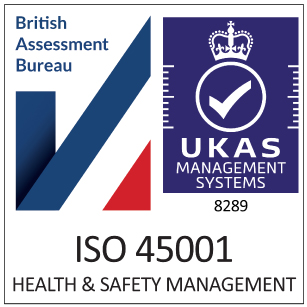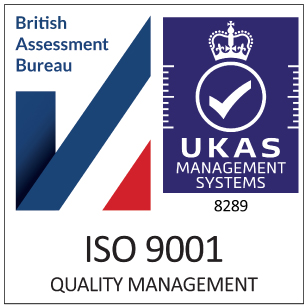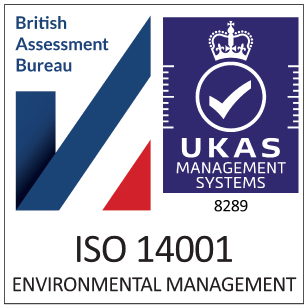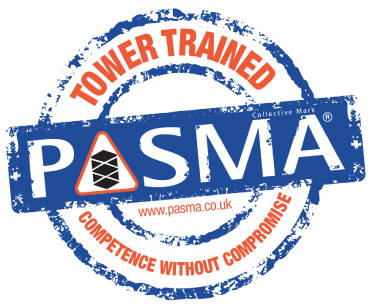Product FAQs
Liquid Carbon Dioxide (CO²) is the source of all dry ice products. Through a unique process liquid CO² is converted to a “snow” which is packed to an exact hardness to form dry ice. Dry ice can be formed into blocks and used like this, or blocks are either cut or formed to make smaller ‘slices’, or extruded through hundreds of holes in die-plates to make a range of different but exact and consistently sized pellets.
The maximum presence of CO² recommended for work environments is 0.5% by volume. In a normal workspace, existing ventilation is sufficient to prevent undue CO² build-up. In more confined spaces ventilation needs to be actively considered. Since CO² is 40% heavier than air, placement of exhaust vents is best at or near ground level. Safety considerations are detailed in our Material Safety Data Sheet which is issued to all new customers before we dispatch product. We are always available to discuss your specific application and offer free and impartial advice on all safety aspects related to dry ice.
ALWAYS wear gloves when handling dry ice. Gloves don’t have to be ‘special’ in design or type but must insulate the hands and are essential in avoiding direct contact as the dry ice can cause significant and very painful frost burns. Always handle with care! Dry ice handling and storage considerations are detailed in our Material Safety Data Sheet which is issued to all new customers before we dispatch product.
Our Dry Ice is commonly used as an ingredient or cooling agent for wholesale food and beverage manufacture, but always as part of a controlled processes. There are two important things to consider here:
Food Grade Product: Some dry ice suppliers state that their dry ice is food grade, or suitable for contact with food – we recommend you always seek clarification on this to be absolutely sure. All our dry ice products are manufactured using food grade CO2, but to be suitable for use in contact with food the dry ice must also be manufactured by approved equipment and processes to allow the product to be classified as Food Contact Grade. Please call us and we will be happy to discuss the right option for you.
Safety: Accidental ingestion of dry ice is very dangerous. It is strongly advised that dry ice is not used to create a smoke effect in drinks without using specially designed ‘holders’ that encapsulate the dry ice so preventing accidental, harmful ingestion. If you intend to use dry ice in food, you must ensure that the recipe you use can be trusted and that you follow the instructions precisely.
We always recommend that dry ice is stored in the containers that we deliver it in. For mechanical freezers; dry ice can only exist at -79°C and therefore dry ice should only be stored in special freezers that provide for temperatures of -80° and below which are also capable of preventing gaseous pressure build-up. Domestic freezers are unsuitable and incapable of protecting the dry ice, even for short periods, and it will likely cause damage to the condenser and motor.
This depends on the type of dry ice product as each have a different mass relative to their surface area and therefore some products will last slightly longer than others – but as a rule of thumb, 10kgs of 9mm dry ice pellets delivered in a ‘retail pack’ will last, un-opened for between 36 – 48 hours. As time goes by, through natural sublimation the product will reduce (in terms of weight and size) so ideally small quantities are best used on day of receipt.
For many large scale stage effects dry ice is used in conjunction with ‘pea souper’ fog machines or similar that can be hired or rented.
This mainly depends upon how you intend to create the smoke effect. Smoke machines usually work best with blocks or slices, but pellets are more versatile and also more suited to smaller applications. Also, with pellets varying amounts can be used to produce a “timed” flow of smoke as opposed to having to ‘break’ the slices for short durations. All products will create the same effect, the choice is down to individual preference.
Quite simply…Yes! The use of dry ice for temperature controlled product distribution using ambient vehicle couriers eliminates all the risks associated with other ‘chill’ means such as with using traditional wet ice or gel packs ensuring products reach customer destinations within temperature profiles and in the best possible condition. A huge plus is it allows distribution by ambient temperature couriers as opposed to the more expensive and restrictive mechanically refrigerated transport agents.






